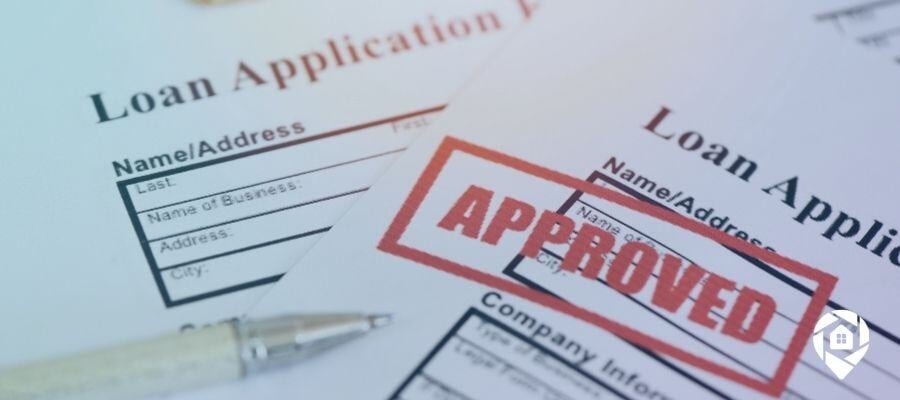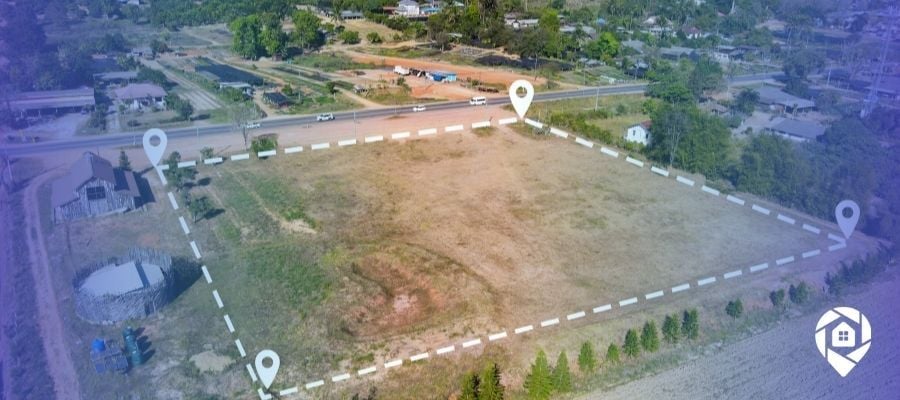
Mastering House Flipping with Conventional Loans

Have you ever seen a dilapidated house in your neighborhood and thought to yourself, "What if I could transform that eyesore into a profitable investment?" Then you've pinned down the essence of house flipping.
Now, before you dive headfirst into the alluring waters of real estate investing, it's crucial to understand the financing options available -- specifically, the possibility of flipping a house with a conventional loan. Let's embark on this journey of understanding the intricacies of house flipping with a conventional loan.
Grasping the Basics: Understanding Conventional Loans
Before we discuss the possibility of house flipping with a conventional loan, let's take a moment to define what a conventional loan is. A conventional loan is a type of mortgage loan not insured by any government agency, unlike FHA or VA loans. These are often favored by investors due to their straightforward terms and potentially lower interest rates, providing they have proper credit score and financial stability.
Alongside attractive interest rates, conventional loans come with various options for loan durations and terms, typically ranging from 15 to 30 years. However, it's important to consider that these loans require a significantly higher down payment and stringent approval standards compared to government-insured loan types. This is because the lender bears more risk when issuing a conventional loan since there is an absence of government insurance.
Can You Flip a House with a Conventional Loan?
Now that we have a solid understanding of conventional loans, let's explore its application in house flipping. Simply put, can you navigate the world of real estate investing and execute a successful real estate flip using a conventional loan?
You can indeed flip a house using a conventional loan, however, be prepared to navigate certain hurdles and considerations. The first obstacle is that most conventional loans require a down payment of at least 20%. In certain instances, you can put as low as 3% down depending on your lender.
If you're investing in a property that requires significant rehab, that down payment could represent a substantial chunk of your overall budget. However, a lower down payment also brings into play the dreaded possibility of Private Mortgage Insurance (PMI), which is a requirement if your down payment is less than 20% of the purchase price.
Your Roadmap to Success: House Flipping with a Conventional Loan
Now let's delve into a general step-by-step blueprint for a successful house flip using a conventional loan.
- Find Your Investment Property: Use software like DealMachine, to drive for dollars or pull a list of potential properties. An alternate option is consulting a real estate agent, but then there are other fees to be considered. When searching for your potential property, consider the location, market trends, and the scope of work needed.
- Plan Your Rehab: Analyze the cost associated with the rehab. Remember things don't always go as planned when working on a flip. Always ensure to have a buffer for unexpected expenses. Expect the unexpected.
- Secure Your Conventional Loan: Approach lenders with a comprehensive plan detailing your budget, estimated rehab costs, and potential return on investment. Your loan providers will also need other documentation, proving your financial responsibility, but each lender may be a little different. They will let you know what documentation you will need.
- Execute Your Rehab: Upon approval of your conventional loan, begin the process of rehabilitating the property. You'll most likely need to find contractors to help with executing the work on the flip. Make sure to time your project sensibly to minimize holding costs.
- Sell Your Property: Use effective marketing strategies to seek potential buyers. Collaborate with a realtor or consider staging the property to make it more appealing.
Expert Tips for Successful House Flipping Using Conventional Loans
As a potential real estate investor, here are some tips to maximize your success when house flipping using conventional loans:
- Be prepared for unexpected expenditures that inevitably arise during renovations. Buffer your budget to cover these expenses.
- Don't over-improve for the neighborhood. You won't recoup the extra costs if your home prices far exceed the neighborhood average.
- Work with a mortgage broker or a loan officer who understands real estate investing and house flipping, as they can guide you in securing the best financing.
Conclusion
House flipping with a conventional loan is indeed feasible, albeit with its own set of challenges and considerations. With careful planning, budgeting, and adherence to basic real estate investing principles, flipping a house using a conventional loan can be a lucrative venture. As a potential real estate flipper, the actionable tips and step-by-step guide outlined in this article can equip you for a successful flip.

About Samantha Ankney
Samantha is the Social Media Manager at DealMachine, where she oversees all social media strategies and content creation. With 4 years of experience at the company, she originally joined as a Media Specialist, leveraging her skills to enhance DealMachine's digital presence. Passionate about connecting with the community and driving engagement, Samantha is dedicated to sharing valuable insights and updates across all platforms.



